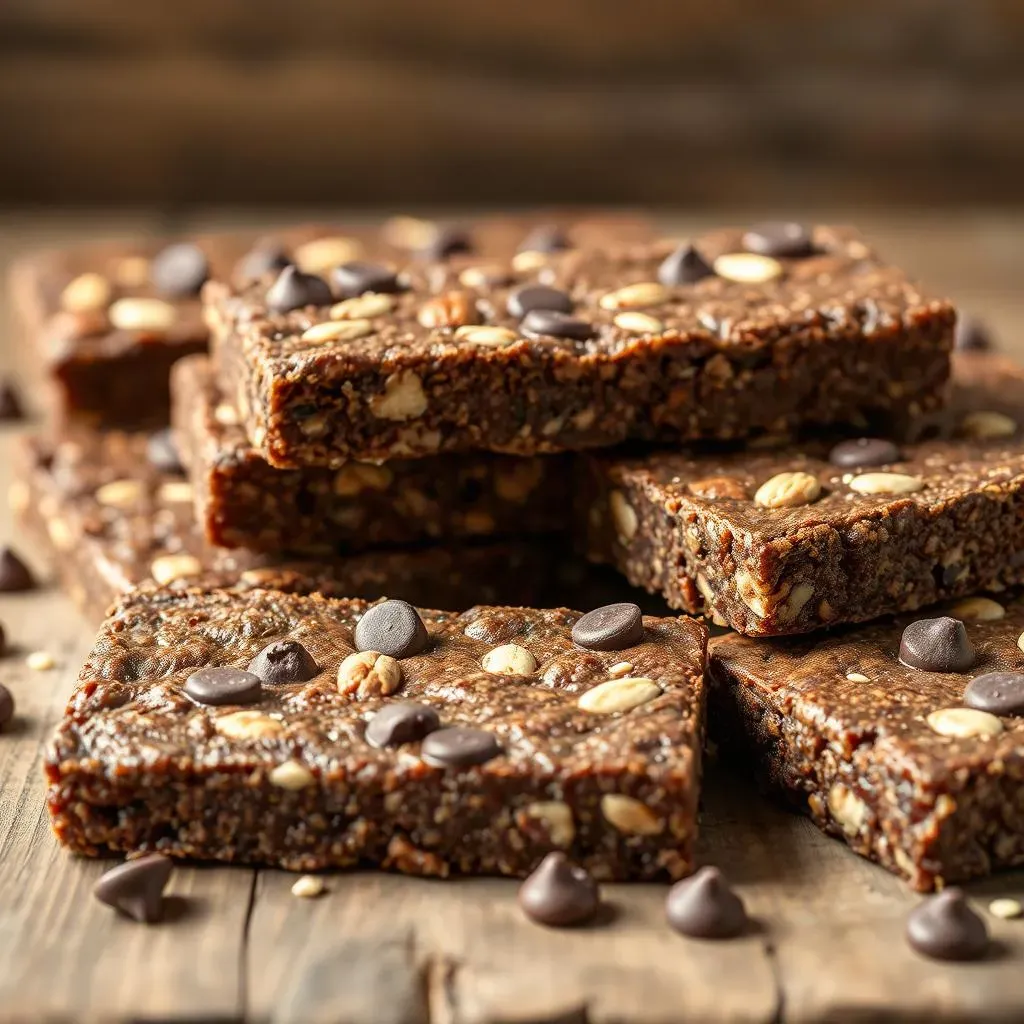Table of Contents
Are you looking for a delicious and convenient way to fuel your body while sticking to a high-fat, low-carb diet? Then you've come to the right place! This comprehensive guide explores the world of high fat low carb protein bars, offering insights into their nutritional profiles, benefits, and potential drawbacks. We'll help you navigate the often-confusing landscape of protein bar options, equipping you with the knowledge to make informed choices that align with your dietary goals. This article will cover everything from understanding the basics of high fat low carb protein bars and their macronutrient composition, to exploring how to select the perfect bar based on your individual needs, whether you're looking for a post-workout snack, a meal replacement, or simply a satisfying treat. We'll also delve into exciting homemade recipes, allowing you to take control of your ingredients and tailor your bars to your exact preferences. Finally, we’ll weigh the pros and cons of incorporating these bars into your diet, helping you determine if they are the right fit for your lifestyle. Get ready to discover the ultimate guide to choosing and enjoying high fat low carb protein bars!
Understanding High Fat Low Carb Protein Bars
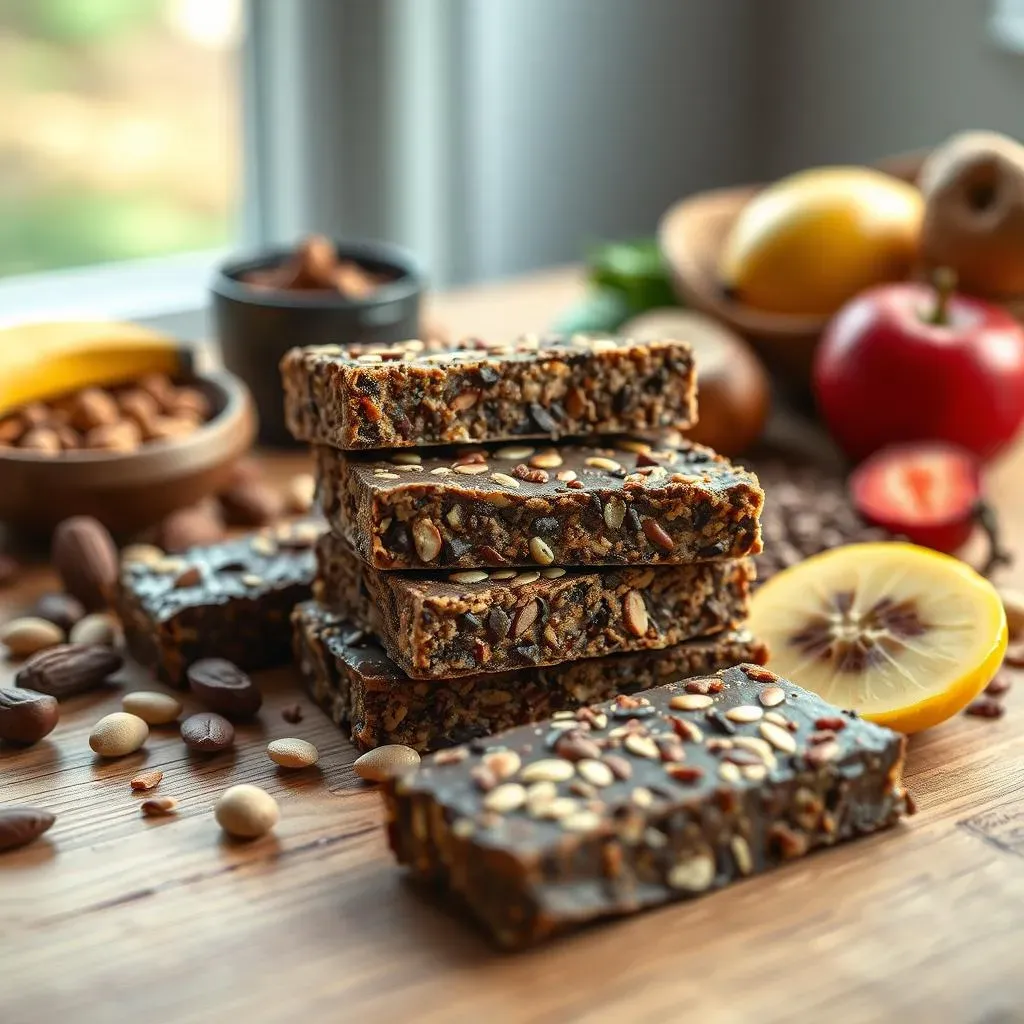
Understanding High Fat Low Carb Protein Bars
Macronutrient Breakdown
Let's start with the basics. High-fat, low-carb protein bars emphasize fats as a primary energy source, minimizing carbohydrates and providing a moderate amount of protein. Think of it like this: your body gets fuel from fats instead of carbs, which is great for those following ketogenic or low-carb diets. The exact ratios vary between brands, but generally, you’ll see a higher percentage of calories from fat, a lower percentage from carbohydrates, and a moderate amount from protein. This differs from traditional protein bars, which often prioritize protein and carbohydrates.
It's crucial to understand that "low-carb" doesn't mean zero carbs. You'll still find some carbohydrates in these bars, often from sources like nuts, seeds, and fibers. The key is to keep the net carb count relatively low. Net carbs are calculated by subtracting fiber from total carbohydrates. This gives you a better idea of the carbs your body will actually absorb. For example, some bars might have 10 grams of total carbs but only 5 grams of net carbs because of their high fiber content.
Macronutrient | Typical Percentage of Calories |
|---|---|
Fat | 50-70% |
Carbohydrates | 10-20% |
Protein | 20-30% |
Ingredient Spotlight
The ingredients list is your best friend when choosing a high-fat, low-carb protein bar. Look for bars made with whole, unprocessed foods. Think nuts (almonds, cashews, peanuts), seeds (chia, flax, sunflower), nut butters, and sources of healthy fats like coconut oil or MCT oil. These ingredients contribute to the bar's high-fat profile while delivering essential nutrients. You might also see protein sources like whey, casein, collagen, or plant-based options like pea protein or brown rice protein. However, be wary of added sugars, artificial sweeteners, and excessive fillers, which can negate the benefits of a low-carb approach. Check for sugar alcohols like erythritol or maltitol, which can cause digestive issues for some people.
A good quality high-fat, low-carb protein bar prioritizes whole, recognizable ingredients. It should be easy to understand what you’re putting into your body. Avoid bars with lengthy ingredient lists containing unpronounceable chemicals or excessive artificial sweeteners. Remember, you are what you eat! Choosing a bar with a short, clear ingredient list ensures that you're getting the most out of your snack. Compare ingredient lists between various brands – you might be surprised by the differences! For example, making your own bars gives you complete control over the ingredients.
- Nuts (almonds, cashews, peanuts)
- Seeds (chia, flax, sunflower)
- Nut butters
- Coconut oil/MCT oil
- Whey/Casein/Collagen protein
- Pea protein/Brown rice protein
Fiber and Satiety
High fiber content is another key characteristic of many high-fat, low-carb protein bars. Fiber plays a crucial role in keeping you feeling full and satisfied between meals. It adds bulk to your diet without significantly impacting your blood sugar levels, making it an excellent addition to a low-carb diet. This is especially important as you might experience hunger pangs when switching to a lower-carb eating style. Look for bars that include fiber from sources like nuts, seeds, and added fiber supplements.
The fiber content contributes significantly to the overall satiety of these bars. This means they can help curb cravings and prevent overeating throughout the day. This can be particularly beneficial if you’re trying to manage your weight or maintain a calorie deficit. Remember that fiber is also essential for gut health and overall digestive well-being. A higher fiber intake can improve regularity and promote a healthy microbiome. Check the nutritional information panel to find the fiber content per bar – a higher number is generally better. For instance, some bars boast over 10 grams of fiber per serving.
Choosing the Right High Fat Low Carb Protein Bar for Your Needs
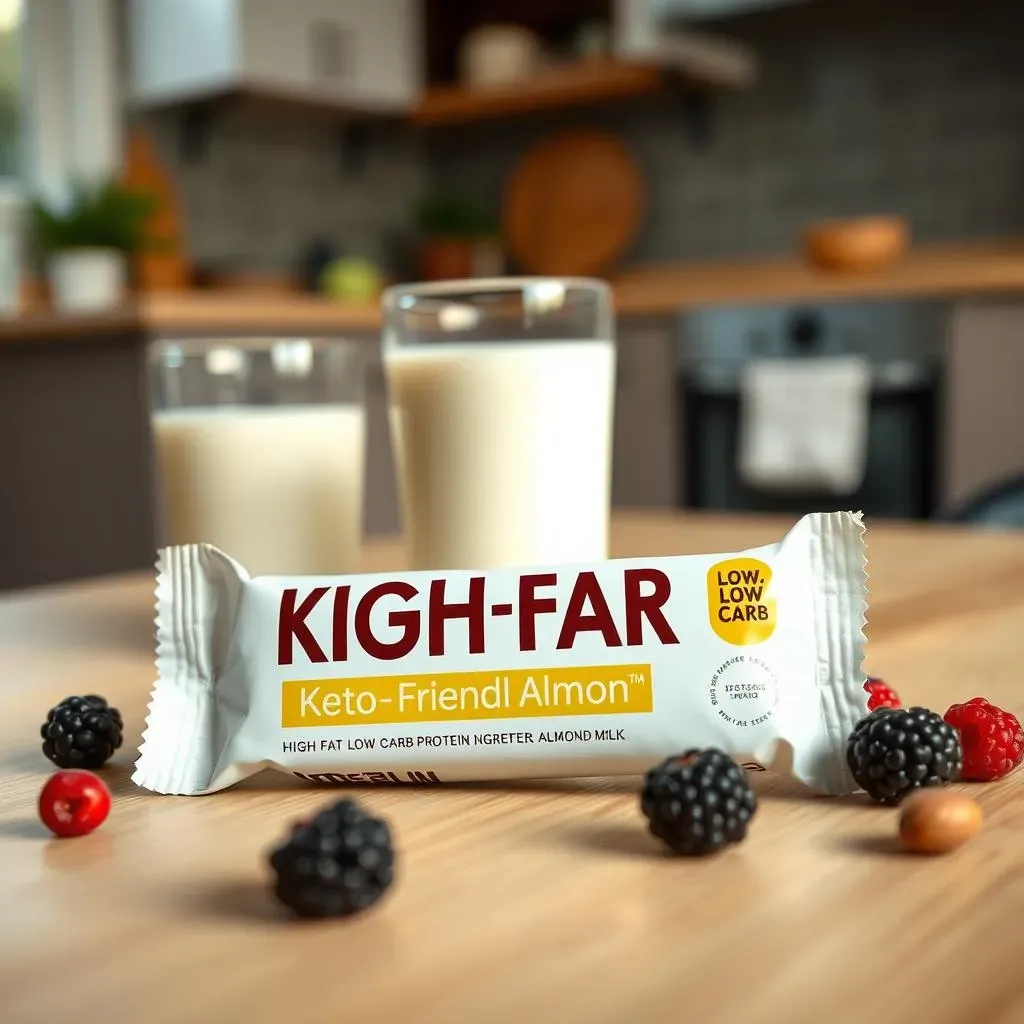
Choosing the Right High Fat Low Carb Protein Bar for Your Needs
Dietary Goals and Preferences
Choosing the perfect high-fat, low-carb protein bar hinges on your specific dietary needs and preferences. Are you following a strict ketogenic diet, aiming for moderate carb restriction, or simply looking to incorporate more healthy fats into your daily intake? The level of carb restriction you're aiming for will directly influence your bar selection. For example, a keto diet might require bars with under 5 grams of net carbs, while a more moderate low-carb approach might allow for slightly higher carb counts. Some people prioritize specific protein sources, such as whey (if they tolerate dairy), plant-based alternatives (pea, soy, etc.), or even collagen. Your personal preferences regarding taste and texture are also vital. Some people prefer chewy bars, while others enjoy a crunchier texture. There are many flavors available, so finding one you love is key to sticking to your healthy snacking habits! Consider your budget too; prices vary significantly between brands and sizes.
Don't forget about potential allergies or intolerances! Many high-fat, low-carb bars contain nuts, seeds, or dairy products. Be sure to carefully read the ingredient list to avoid any unwanted reactions. If you have specific dietary restrictions (vegan, gluten-free, etc.), make sure the bar aligns with those needs. Checking certifications (like USDA Organic or Non-GMO) can help ensure quality and transparency. Remember, a high-quality bar will clearly label its ingredients and nutritional information, making it easy for you to make an informed decision. For more detailed information on specific dietary needs, check out our article on low-fat, low-sugar bars for a broader perspective.
Dietary Need | Bar Considerations |
|---|---|
Strict Keto | Net carbs under 5g, high fat content |
Moderate Low-Carb | Net carbs under 10g, balanced macros |
Vegan | Plant-based protein sources, check for hidden animal products |
Dairy-Free | Avoid whey, casein, milk derivatives |
Time of Day and Activity Level
The ideal high-fat, low-carb protein bar can also depend on when you plan to consume it and your activity level. Are you looking for a pre-workout boost, a post-workout recovery snack, a midday energy pick-me-up, or a satisfying meal replacement? The timing of consumption will influence your choice. A pre-workout bar might prioritize sustained energy, so you might lean towards one with a lower sugar and higher fat content, ensuring you don't experience a crash during your workout. If you're using the bar as a post-workout snack, the protein content will become more important, as your muscles need amino acids for repair and recovery. Choosing a bar with higher protein and a moderate amount of carbs for replenishing glycogen stores might be a better choice. If you’re using the bar as a meal replacement, you’ll want to consider the calorie count and the overall macronutrient profile to ensure that it sufficiently replaces a meal.
Your activity level will also play a role in the bar you choose. If you are highly active, you might need more calories and protein to meet your energy and recovery needs. A less active individual might opt for a lower-calorie option. Consider the calorie density of the bar and how it fits into your overall daily calorie intake. Some bars are specifically marketed for athletes or those with high energy demands. Paying attention to these factors ensures you choose the right bar to support your activity level and achieve your fitness goals. For more information on choosing snacks based on activity level, consider reading our guide on high-protein, low-fat bars.
- Pre-workout: Lower sugar, higher fat for sustained energy
- Post-workout: Higher protein for muscle recovery
- Midday snack: Balanced macros for sustained energy and satiety
- Meal replacement: Higher calorie count, balanced macros
High Fat Low Carb Protein Bars: Recipes and Homemade Options
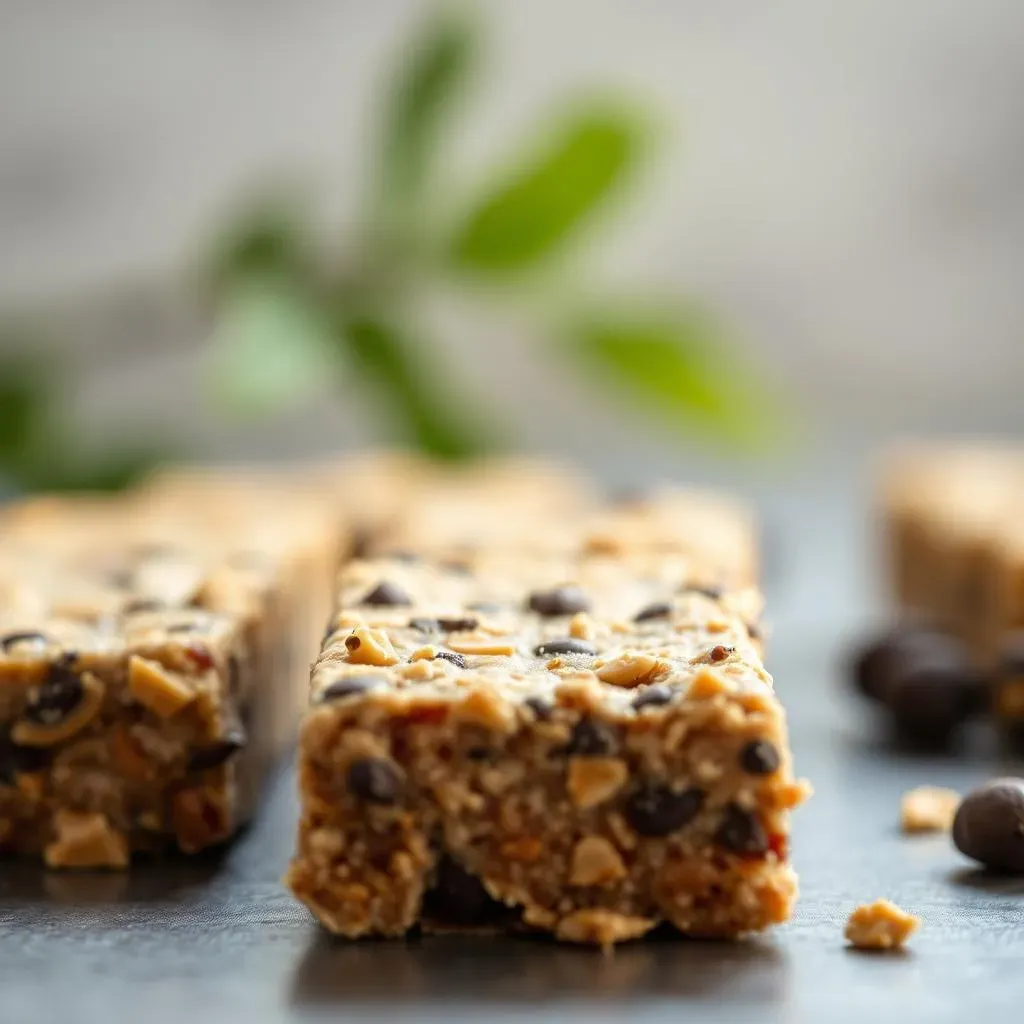
High Fat Low Carb Protein Bars: Recipes and Homemade Options
Why Make Your Own?
Let's be honest, store-bought high-fat, low-carb protein bars can be pricey. Plus, you often end up with a long list of ingredients you can't pronounce! Making your own bars gives you complete control over ingredients, ensuring quality and freshness. You can customize flavors and adjust macronutrient ratios to perfectly match your dietary needs. It's also incredibly satisfying to create something delicious and healthy from scratch. Plus, it’s a fun project!
Think of it as a culinary adventure! You can experiment with different nut butters, seeds, and sweeteners to find your ideal combination. You can even add in things like protein powder, collagen peptides, or even cacao nibs for extra flavor and nutrients! Don’t be afraid to get creative. You can even tailor your recipes to suit specific dietary needs, such as vegan or dairy-free options. For some inspiration check out our low-fat protein bar recipe which can be easily adapted.
- Control over ingredients
- Customize flavors and macros
- Freshness and quality
- Cost-effective in the long run
Basic Recipe Framework
A simple high-fat, low-carb protein bar recipe typically starts with a base of nuts or seeds, providing healthy fats and some fiber. Then, you’ll add a protein source (whey, casein, collagen, or plant-based protein powder). Next, you'll incorporate a liquid binder (like melted coconut oil or nut butter), and finally a touch of sweetener (if desired, use a low-carb option like stevia or erythritol). Mix everything together, press into a pan, and chill until firm. That’s it!
Many recipes use a combination of nuts and seeds for texture and flavor. Almonds, cashews, macadamia nuts, and pecans are all great options. Seeds like chia, flax, and sunflower add extra nutrients and healthy fats. Nut butters provide creaminess and binding. Coconut oil helps the bars hold together and contributes to the high-fat content. Remember, the beauty of homemade bars is the ability to experiment. Try different nut combinations, add spices, or incorporate dried fruit (in moderation) for unique flavor profiles. For more advanced recipes and ideas, you might find some inspiration from our guide to the best low-fat protein bars.
Ingredient | Function | Examples |
|---|---|---|
Base | Provides fat and fiber | Almonds, cashews, seeds |
Protein | Adds protein content | Whey, casein, collagen, plant-based protein |
Binder | Holds the bar together | Nut butter, coconut oil |
Sweetener (optional) | Adds sweetness | Stevia, erythritol |
The Benefits and Drawbacks of High Fat Low Carb Protein Bars
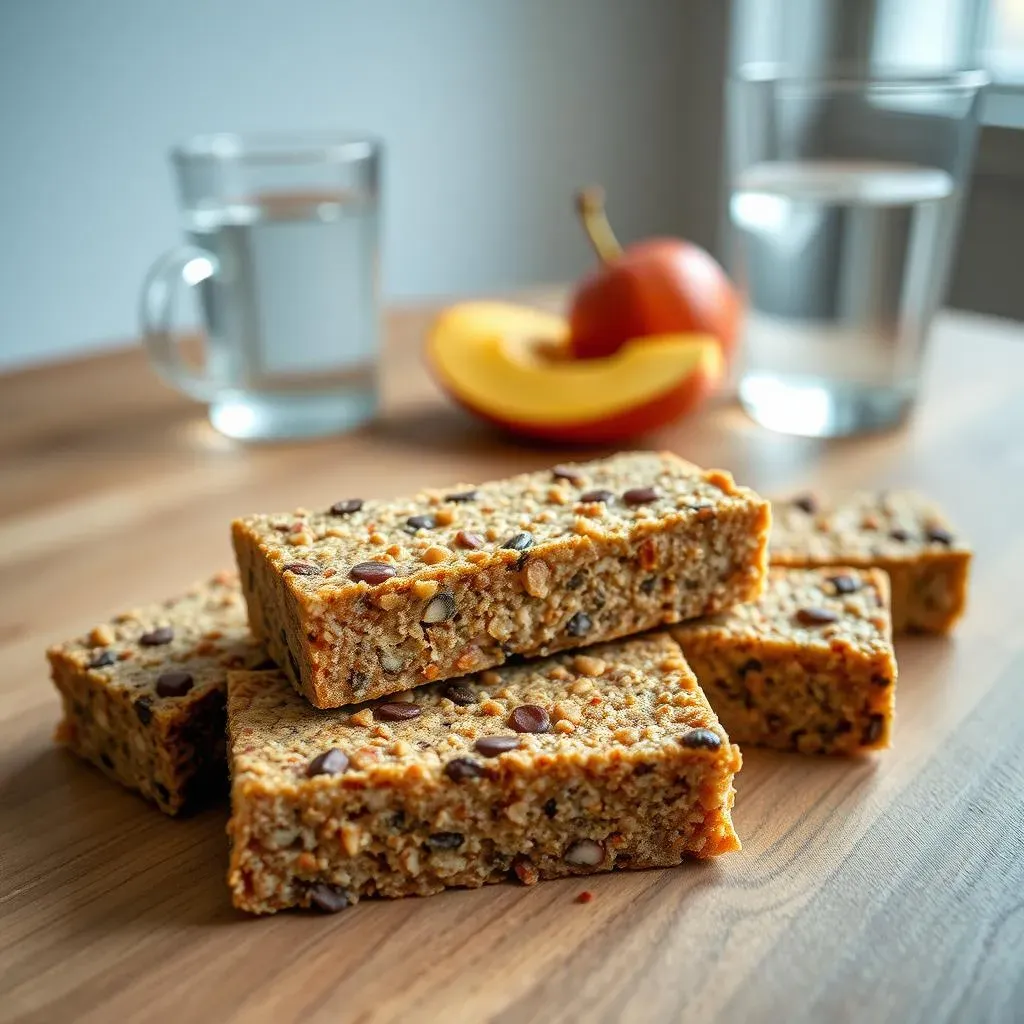
The Benefits and Drawbacks of High Fat Low Carb Protein Bars
Benefits: Fueling Your Keto Journey
High-fat, low-carb protein bars are a game-changer for those on ketogenic or low-carb diets. They offer a convenient way to maintain ketosis, that metabolic state where your body burns fat for fuel instead of glucose. These bars provide a sustained energy source, preventing those dreaded mid-afternoon energy crashes that often plague low-carb dieters. They're packed with healthy fats, which promote satiety, helping you feel fuller for longer and curb those cravings. Many options are also rich in protein, supporting muscle growth and repair, especially beneficial if you're incorporating regular exercise into your routine. The convenience factor can't be ignored; they're perfect for busy lifestyles, providing a quick and easy way to get a nutritious snack in whenever you need it.
Beyond just weight management, these bars offer other potential advantages. Some bars contain added nutrients and antioxidants, contributing to overall health and well-being. The high-fat content can also support brain health and cognitive function. For example, MCT oil (medium-chain triglycerides), often found in these bars, is easily digested and quickly used by the brain as an energy source. Remember, however, that individual responses can vary. Always listen to your body and adjust your intake accordingly. Choosing the right bar is key; compare various brands to find the best fit for your needs. Explore low-fat, high-protein alternatives to find a balanced approach.
- Sustained energy
- Curbed cravings
- Muscle support
- Convenience
- Potential added nutrients
Drawbacks: Potential Pitfalls to Consider
While high-fat, low-carb protein bars offer many benefits, it's important to acknowledge potential drawbacks. One significant concern is the calorie density; these bars are often calorie-rich, so mindful consumption is crucial, especially if you’re trying to lose weight. Always consider how they fit into your overall daily calorie goals. Another potential issue is the ingredient list; some bars contain added sugars, artificial sweeteners, or excessive fillers, which can negatively impact your health goals. Always check the nutritional information and ingredient list carefully; opt for bars with whole, unprocessed ingredients whenever possible. Some people experience digestive issues with sugar alcohols (like erythritol or maltitol) commonly found in these bars. If you have a sensitive stomach, look for bars without these ingredients or try them in small quantities to test your tolerance.
The high-fat content, while beneficial for some, might be problematic for others. While healthy fats are crucial, consuming too much fat can lead to digestive discomfort in some individuals. Pay attention to your body's signals; if you experience any digestive upset after consuming these bars, you might need to reduce your intake or try a different brand. Finally, the price point is another factor to consider; many high-quality, high-fat, low-carb bars can be more expensive than traditional protein bars. However, remember that the convenience and nutritional benefits often justify the cost, especially for those with busy schedules or specific dietary needs. For more affordable options, consider exploring low-fat, low-carb alternatives. Remember to balance your nutrition and find what works best for you.
Drawback | Mitigation Strategy |
|---|---|
High Calorie Density | Mindful consumption, portion control |
Processed Ingredients | Check labels, choose whole-food options |
Digestive Issues | Avoid sugar alcohols, start with small quantities |
High Fat Content | Listen to your body, adjust intake as needed |
Cost | Compare brands, consider homemade options |
